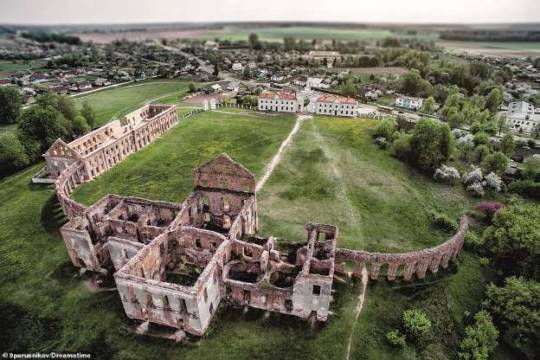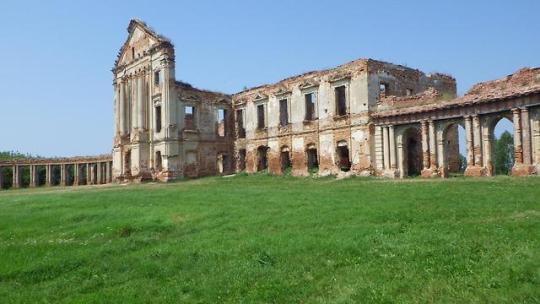#ruzhani palace
Photo
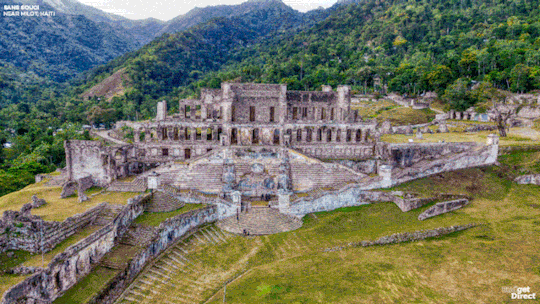
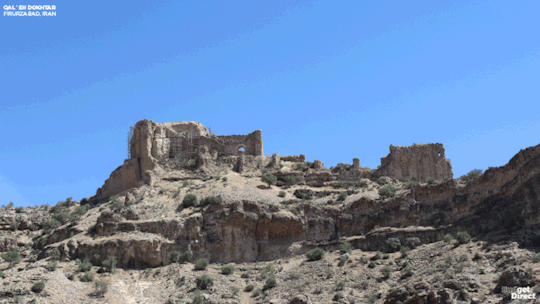

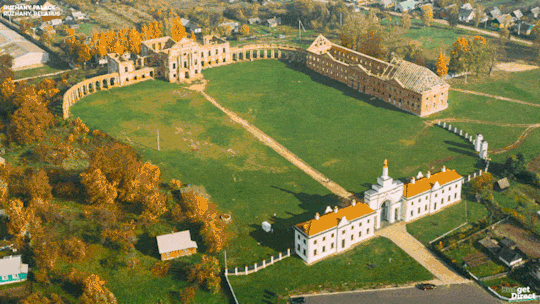
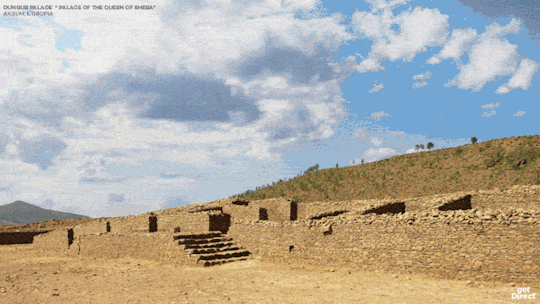

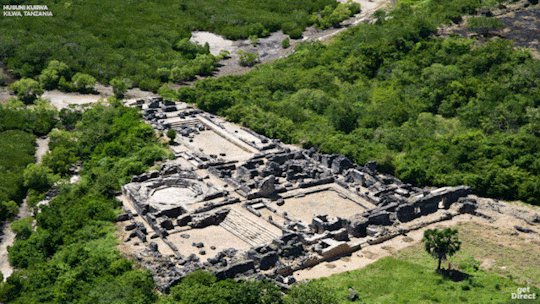
7 Ruined Palaces Around the World, Reconstructed!
Sans Souci, Haiti,
Called the ‘Versailles of the Caribbean’, the palace’s majestic steps and terraces are an impressive monument to Haitian independence.
Qal’eh Dokhtar, Iran,
Qal’eh Dokhar was built by Ardašīr I as a “barrier fortress” during his 3rd century founding of the Sasanian Empire in Iran. The fortress’s third floor housed his royal residence but was eventually supplanted by a greater palace he built nearby. Qal’eh Dokhtar boasts perhaps the earliest example of an Iranian chartaq—a square of four arches supporting a dome—which became an important feature of traditional Iranian architecture.
Knossos Palace, Greece,
The oldest palace on this list by two millennia, Knossos, was constructed circa 1700 BC. In addition to its political function, it also was designed as an economic and religious centre for the mysterious Minoan civilization. Knossos was destroyed circa 1375 BC—surviving invasion, fire, and earthquake nearly a century longer than similar Minoan complexes.
Ruzhany Palace, Belarus,
The Sapieha family—power-brokers of the Polish-Lithuanian Commonwealth—built Ruzhany Palace in the late 1700s over the site of their earlier castle. In its heyday, Ruzhany’s famed theatre employed 100 performers. The palace also possessed a famous library and picture collection.
Dungur Palace / “Palace of the Queen of Sheba,” Ethiopia,
Dungur Palace is in the Ethiopian village of Aksum—once the bustling capital of an African empire that stretched from southern Egypt to Yemen. The 6th-century mansion contains approximately 50 rooms, including a bathing area, kitchen, and (possible) throne room.
Clarendon Palace, UK,
Despite the composition of a very significant English legal document within its halls, this 12th-century palace is nearly forgotten. The ‘Constitutions of Clarendon’ were Henry II’s attempt to gain legal authority over church clerks, but he instead exacerbated a feud with his friend Thomas à Becket. This feud eventually led to Archbishop Beckett’s martyrdom. Henry III expanded the palace, commissioning a carved fireplace and stained glass chapel. By the 1400s, Clarendon was a sprawling royal complex. It remained a favourite retreat of monarchs until the Tudor era, when the high cost of upkeep resulted in its rapid decline. Today, only a single wall remains above ground.
Husuni Kubwa, Tanzania,
The island of Kilwa Kisiwani was one of the most important sultanates in the “Swahili Coast’ trade network, linking East Africa to the Arabic world. For over 300 years, gold and ivory passed out of its ports, while Chinese silk and porcelain flowed in. The 14th-century palace at Husuni Kubwa is just one of many coral stone ruins that dot the island.
Husuni Kubwa was built by Sultan al-Hasan ibn Sulaiman. It had over 100 rooms, an octagonal swimming pool, and a staging area for loading goods onto ships. Husuni Kubwa, along with other elite Kilwa dwellings, was also equipped with indoor plumbing.
Created by: Budget Direct in collaboration with: Neomam Studios
#art#design#architecture#palace#palacegif#animated gif#tanzania#husuni kubwa#budgetdirect#neomanstudio#ruined#san souci#haiti#clarendon palace#united kingdom#luxurylifestyle#style#history#belarus#knossospalace#greece#dungur palace#ethiopia#ruzhani palace#iran#qal'eh dokhar#royal#royalpalace
485 notes
·
View notes
Text
RUZHANY PALACE - 8TH SEPTEMBER 2021
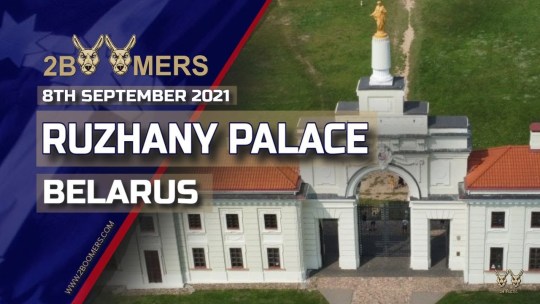
https://youtu.be/uoH6T0N3Rrs
0 notes
Photo

🏰Ruzhany Palace is situated in the small town Ruzhany (Pruzhany area, Brest region, Belarus). The palace was built in 1602 by Great Lithuanian Chancellor Lew Sapieha. The architecture and the time when the building started are unknown. #ruzhany #belarus #medieval #middleages #palace #castel #castle #средневековье #ружанскийзамок #ружаны #палац #история #беларусь #history #замок #castillo #belarusianversailles #белорусскийверсаль (at Ruzhany, Brestskaya Voblasts', Belarus)
#палац#history#medieval#belarus#белорусскийверсаль#palace#belarusianversailles#беларусь#ружаны#castel#ружанскийзамок#замок#middleages#castillo#castle#история#ruzhany#средневековье
0 notes
Photo

🏰 Ruzhany Palace – is a magnificent monument of architecture of XVIII century created in the style of late classicism. It is often called "Belarusian Versailles" because it was built in the same style as that world-famous palace. 🏰 Ружанский дворец – великолепный памятник архитектуры XVIII века в стиле позднего классицизма. Его часто называют «Белорусским Версалем», потому что он был построен по подобию этого знаменитого на весь мир дворца. #ruzhany #belarus #medieval #middleages #palace #castel #castle #средневековье #ружанскийзамок #ружаны #палац #история #беларусь #history #замок #castillo (at Ruzhany, Brestskaya Voblasts', Belarus)
#palace#castel#castillo#history#ruzhany#беларусь#middleages#история#belarus#ружанскийзамок#замок#castle#medieval#палац#ружаны#средневековье
0 notes
Photo
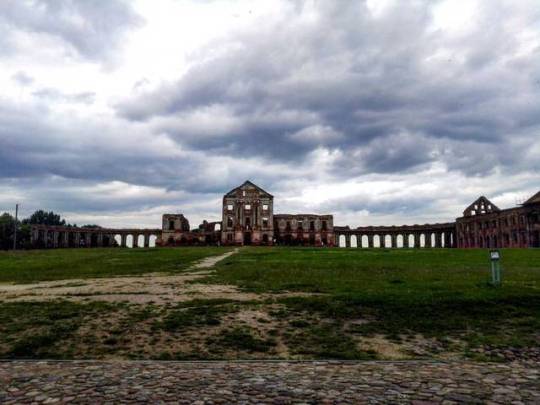
🏰 Ruzhany Palace is a ruined palace compound in Ruzhany village, Western Belarus. Ruzhany began its life in the late 16th century as the site of Lew Sapieha's castle, the palace being completed in 1602. The Sapieha residence was destroyed in the course of the internecine strife in the Grand Duchy of Lithuania when it was attacked by Michał Serwacy Wiśniowiecki's forces in 1700. Ruzhany Palace was rebuilt as a grand Neoclassical residence in the 1770s by Aleksander Michał Sapieha, employing the services of the architect Jan Samuel Becker of Saxony, who set the palace in an English psrk landscape. Aside from the palace, there was a theatre (1784–88), an orangery and several other outbuildings. Becker also designed the local church (rebuilt in the 1850s). By the time of King Stanisław II's visit in 1784, work on the palace had been suspended. The Sapieha estates were nationalised in the aftermath of the November Uprising (1831). Three years later, the palace compound was sold to be used as a textile mill and weaving factory. In 1914 the palace was accidentally set on fire by factory workers. The First World War and subsequent financial hardships prevented the building's restoration until 1930, however the partially restored palace became a ruin again within fifteen years, a casualty of the Second World War. The ornate palace gate survives and has recently been restored. Ружанский дворец — памятник архитектуры XVII века, руины бывшей резиденции магнатского рода Сапег в посёлке Ружаны, Беларусь. В 1598 году Ружаны купил канцлер великий литовский Лев Сапега. Он построил здесь в 1602 году замок с тремя башнями, который имел скорее оборонительные функции. В 1770-е годах дворец был фактически построен заново под руководством саксонского архитектора Иоганна Самуэля Беккера в набиравшем тогда популярность стиле классицизма. При дворце имелись оранжерея и отдельно стоящее здание театра (1784-86). Вокруг него был разбит английский парк. ❕Продолжение читайте в комментариях❕ #ruzhany #belarus #medieval #middleages #palace #castel #castle #средневековье #ружанскийзамок #ружаны #палац #история #беларусь #history #замок #castillo
#ruzhany#средневековье#ружаны#history#castel#ружанскийзамок#belarus#palace#история#medieval#castillo#палац#беларусь#castle#замок#middleages
0 notes
